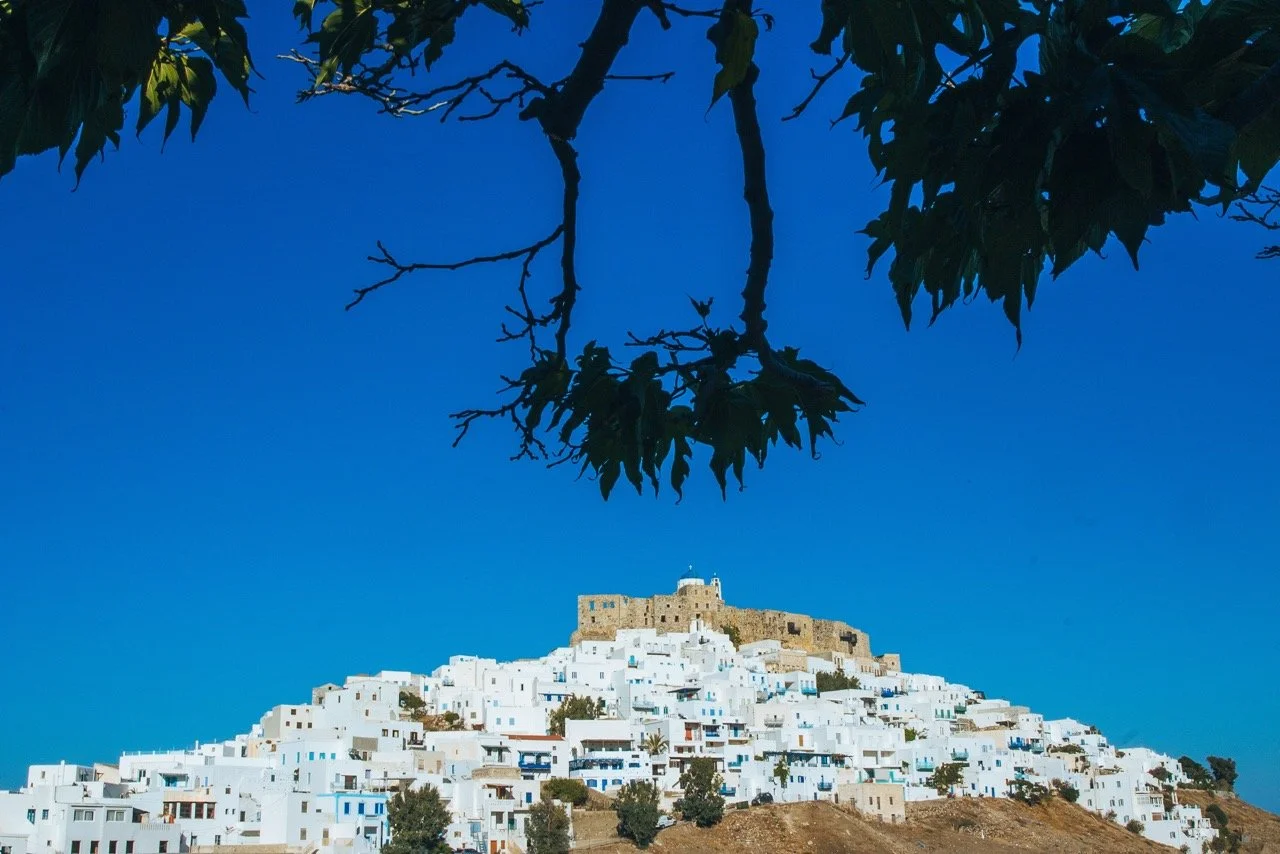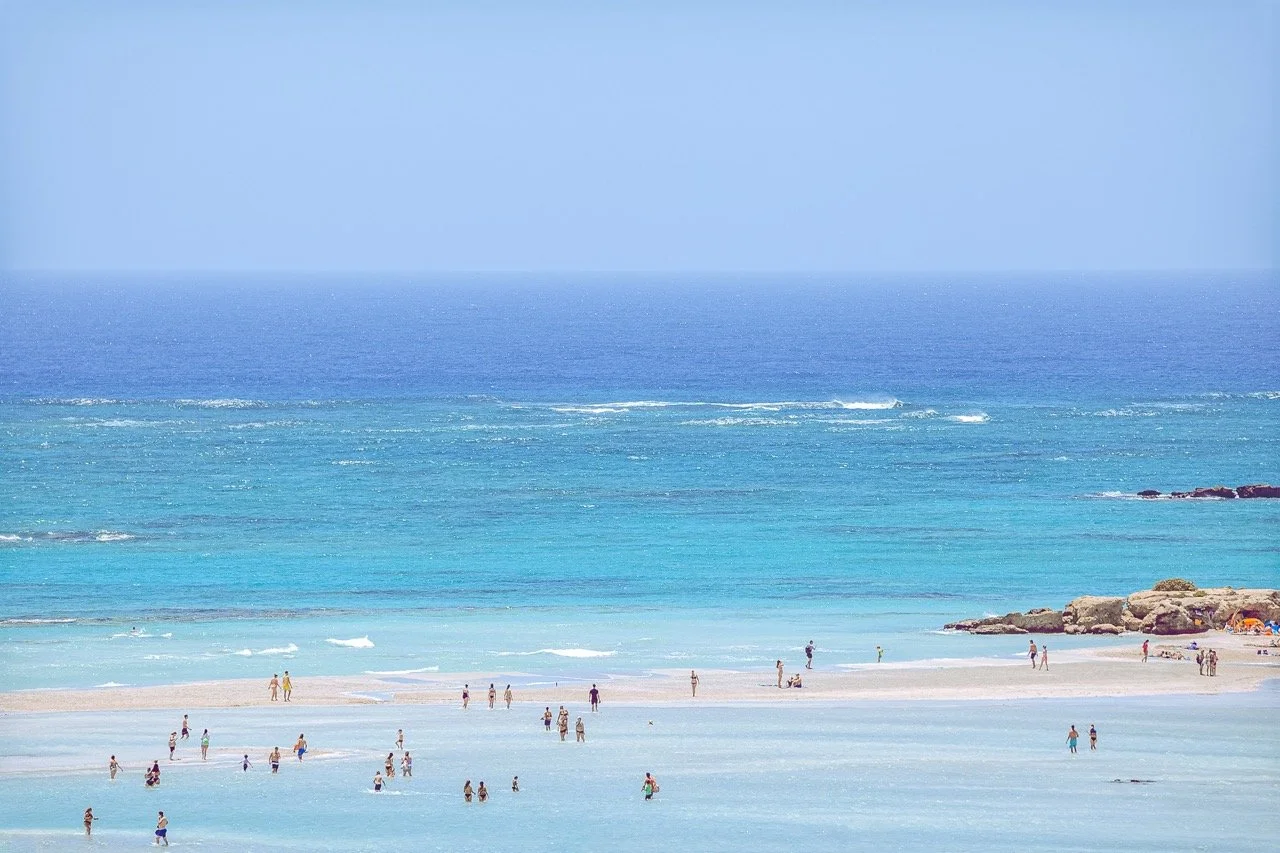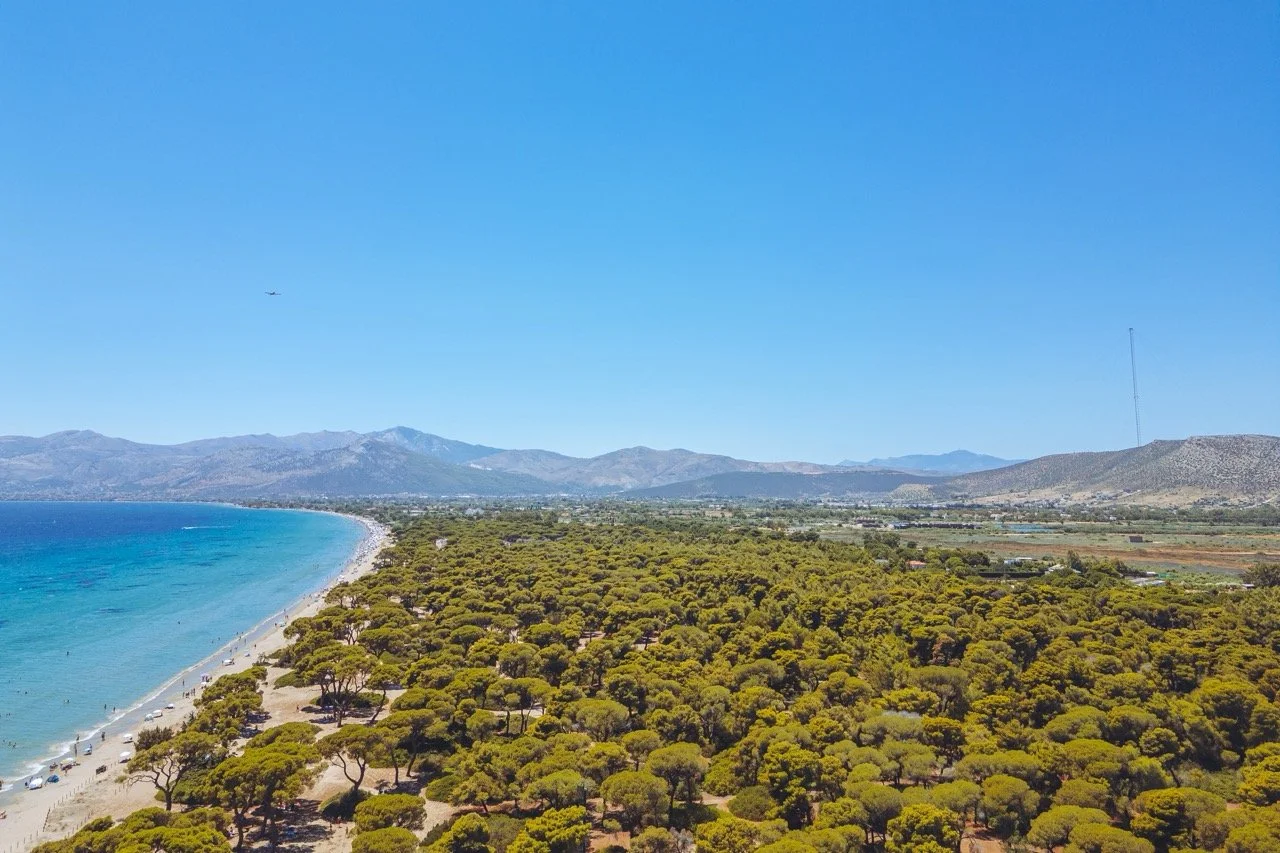A picture is worth a thousand words
IS IT?
This post is inspired by the well-known phrase
"A picture is worth a thousand words".
In practice, it means that complex ideas can be conveyed with a single image, which conveys meaning much more effectively than a text could.
HISTORY NOTES
The phrase is attributed to Arthur Brisbane, one of the most famous American newspaper editors of the 20th century, who reportedly said in 1911:
"Use a photograph. It's worth a thousand words."
There is also the so-called Picture superiority effect.
Numerous experiments using various techniques have shown that pictures and photographs are more likely to be remembered than words, a phenomenon known as the "picture superiority effect." Human memory is extremely sensitive to the symbolic form of factual information presentation, according to the theory that underpins it.
An evolutionary explanation is that vision has a long history stretching back millions of years and was vital for survival in the past, whereas reading is a relatively recent invention and requires special cognitive processes such as decoding symbols and connecting them to meaning.
There are several similar phrases throughout the centuries, such as the Chinese expression that says "Hearing something a hundred times is not better than seeing it once", but my favourite is, of course, related to the Grand Master, Leonardo da Vinci. The greatest man who ever lived wrote that a poet
"will be overcome by sleep and hunger before he can describe in words what a painter is able to portray in a moment."
God, I love this guy.
“A PICTURE IS WORTH A THOUSAND WORDS ”
LET’S SEE
Let's do an experiment.
From now on I will try to write 1000 words describing a photo I took in Switzerland.
A THOUSAND WORDS
Since I was a little kid, I have been very impressed by all kinds of documentaries and books of scientific and historical background. So when I got the opportunity to travel to Switzerland, a country that had been on my bucket list for years, one of the first things I organized was a visit to a glacier.
Switzerland has a few glaciers and one of the most famous is the Rhône glacier. This is the oldest glacier in the Alps, which 8,000 years ago was the largest glacier in Europe. Today it is only the eighth largest in Switzerland.
The glacier is the source of the Rhône River and one of the main feeders of Lake Geneva. Because it is close to the famous Furka Pass road, it is easily accessible.
It has lost about 1400m in the last 120 years, mainly as a result of the anthropogenic climate crisis. Here is a heartbreaking close-up of the glacier's mass reduction in just 15 years.
Let's look carefully at my photo.
At the bottom left you can see people walking on the path leading to the front of the glacier, which helps to understand the scale of the landscape.
The photo is taken from the side where the visitors are walking, it is east of the glacier and is called Klein Furkahorn, with a height of 3,026m.
In front of and opposite above, stands the Gärstenhörner mountain, with a peak of 3,189m.
In the centre, the "lake" created by the melting of the glacier can be seen, here where a huge mass of ice existed until a few years ago. At some point, a few hours after I took this photo, two gliders flew over the lake, providing an incredible sight for the onlookers.*
On the right we see a piece of ice standing alone in the middle of the water and a little to the right of it we can see two small white lumps. These are special UV-resistant 'blankets' that have been placed there by helicopters to delay further melting of the glacier. At the closest volume to us, there is an entrance within it and that is where the trail for visitors ends. The sight of walking through the glacier, with its spectacular colours in every possible shade of blue, is an amazing experience. I felt the cold air, of course, but the transparency of the ice masses mesmerized me. I kept thinking that inches away from my nose were trapped organisms and air bubbles from the depths of prehistory. I felt humble, insignificant, and incredibly lucky.
At the same time, I felt a great desperation, both because I was standing under special blankets to block the sun and because this part of the glacier has been dug for the sake of visitors. I heard from someone, without knowing if it is true, that it takes about four weeks to dig these 100m of ice within the glacier.
At the top right of the photo you can see the main body of the Rhône glacier, which is descending majestically, but also in a deeply wounded state. At its edge, it is almost 500m wide! When someone (a scientist, apparently), with special permission, walked on it, it looked like a small ant wandering on a grey airport runway. I lost sight of him after a while.
One shocking fact I was not prepared for, although I had read about it, was how difficult it is to get used to low oxygen. The altitude is around 3,000m above sea level (remember that the summit of Mount Olympus, the highest mountain in Greece, which I have never climbed, is 2918m). Walking up there, you quickly realise that your breath is short and as time goes by your legs get heavy. I needed quite a few stops to catch my breath before going back to my car.
It's strange and almost frightening feeling, a reminder of how much respect any of our engagement with nature needs.
Slowly but surely, spurred on by a young couple who were already there, I managed to make my way down to the lakeshore and plunge my hands into the icy, primordial water. I sat there and for a long time just watched in rapture at the edge of the old glacier. Certainly, an experience of a lifetime.
Just before I left, I decided to stand at the edge of the lake, on the left, where the water falls like a waterfall into the valley below. The volume of water falling with frightening speed was another trigger of mixed emotions. I was amazed, of course, with the power of nature, but also despaired at the thought that all that ancient water a few years ago was a solid piece of ice, now gone forever.
The anthropogenic climate crisis is now an undeniable fact and unfortunately it is a multifactorial, complex problem. The knowledge that ordinary people have on the subject is rare, scattered and, at best, confused. Experiencing a visit to a place like this, where the climate crisis shows its effects clearly and without mercy against such a giant of nature, certainly leads one to research more on the subject.
In trying to find more information, I came across several excellent books, such as
The New Climate War, by Michael Mann,
Hot Mess by Matt Winning,
Under A White Sky by Elizabeth Kolbert,
Drawdown: The Most Comprehensive Plan Ever Proposed to Reverse Global Warming edited by Paul Hawken and
Climate Change in Human History: Prehistory to the Present by Benjamin Lieberman and Elizabeth Gordon.
In Greek, the fantastic book by Theodore Georgakopoulos, "A Greek Climate Crisis" has just been published, which I hope will be available in English soon.
My tour here was something of a personal pilgrimage to a beautiful landscape, but not just that.
It was also my "apology" for the harm humans are doing to nature, which unfortunately doesn't seem to scare us as much as it should yet.
* Sometime in the future I will prepare many posts about Switzerland and you will see photos of what I describe here. Until then, I would suggest reading some of the very useful and interesting books I recommend.
RELATED CONTENT















